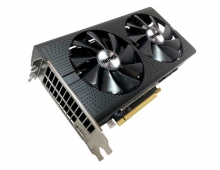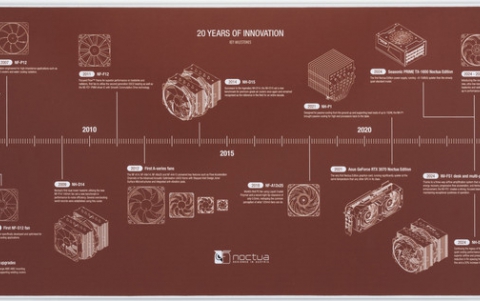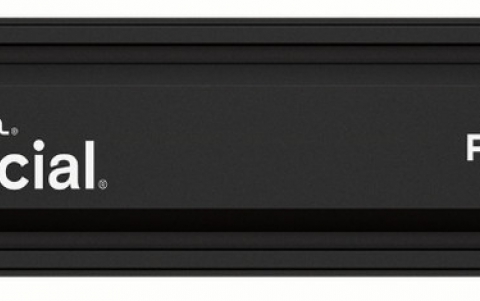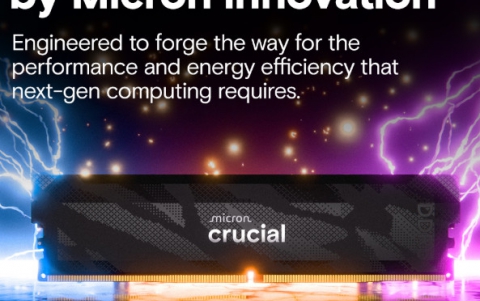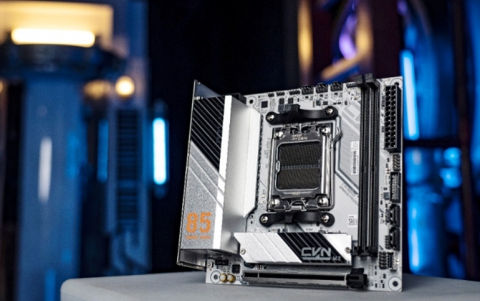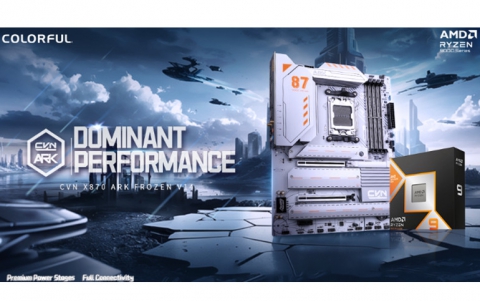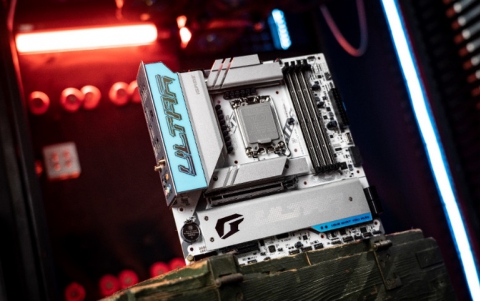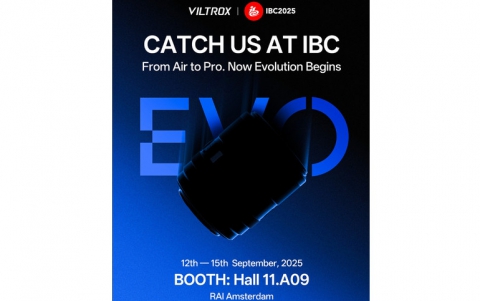Sapphire X800
16. Conclusion
The big question for the Sapphire X800 is if the card is any better than the 6600GT. Generally, both seem to be offering approximately the same performance and each benchmark, synthetic or not, indicated a different card as the better. The X800, as with it's other relatives from the X800 family, had an advantage in performance with Anti-Aliasing and Anisotropic Filtering enabled, while the 6600GT dominated in Doom3 performance. There might not be a definite answer to the question, however the X800 still holds an ace up its sleeve and that is, its overclocking potential.
Overclocking the X800 boosts the card's performance nearer towards higher class cards. The increase in 3DMark05 and 3DMark03 is absolutely breath-taking, but still these two are just synthetic benchmarks and games didn't show similar gains in performance. One thing is certain, if someone finds a way to enable the missing pipelines (that's if they are not laser cut), this card can transform even further into a high end graphics card.
The Sapphire X800 package includes a full list of software, games and accessories. The games bundle with Prince of Persia: Sands of time and Splinter Cell : Pandora Tomorrow, which although a little outdated (the sequels to these games have already been released) are still an excellent opportunity to test your new graphics card's capabilities in action.
The Sapphire X800 ships for US$219 (VAT excl), a little more than a regular 6600GT but that's simply because it features 256MB instead of 128MB memory. Both cards are definitely worth the cost and justify it with an excellent price/performance ratio.
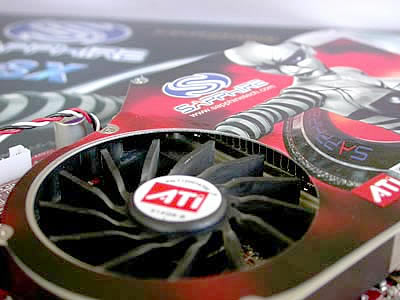
Pros:
- Excellent overclocker
- Excellent price/performance
Cons:
- Bundled games are a little outdated

| Performance: | |
| Overclocking: | |
| Bundle: | |
| Value for money: |



